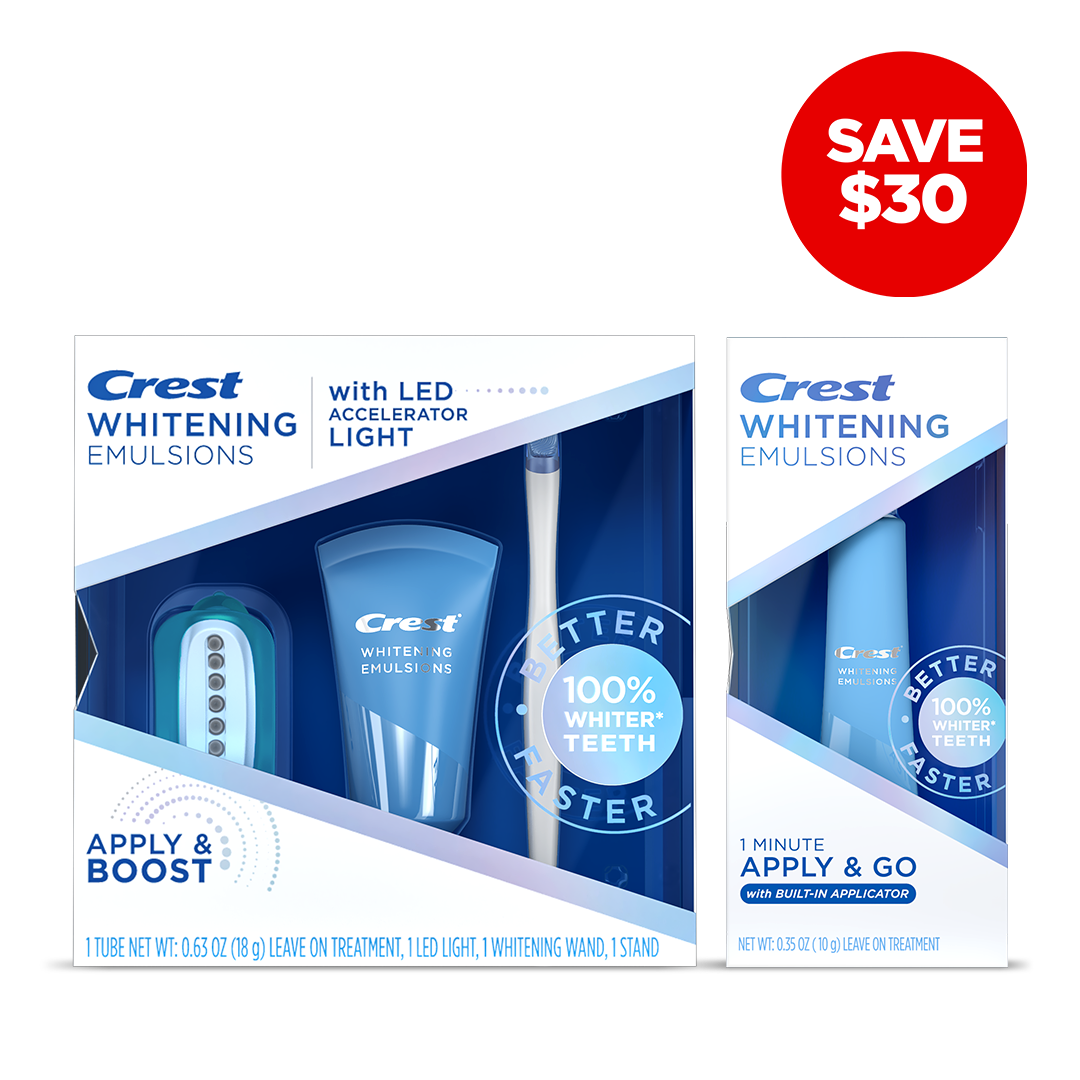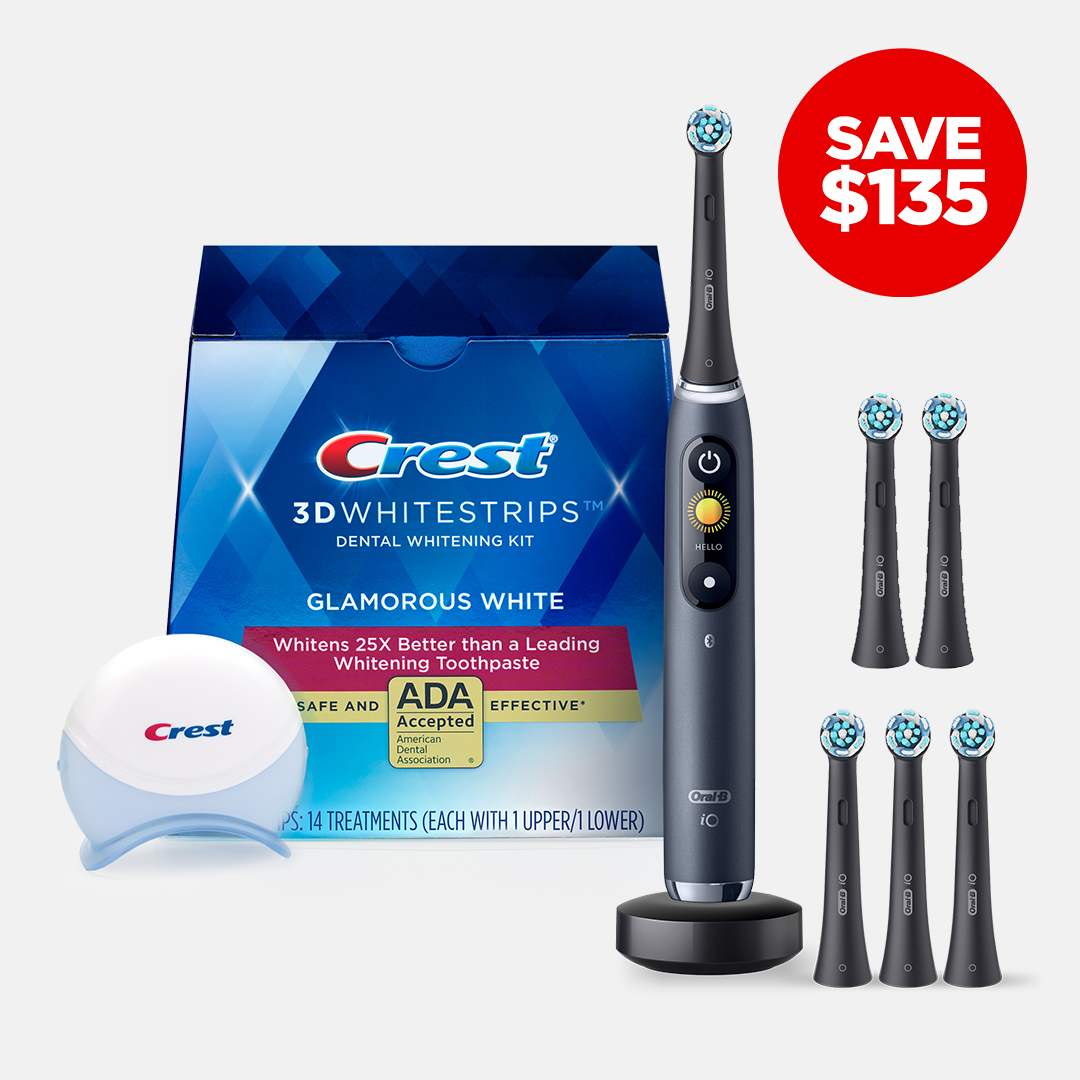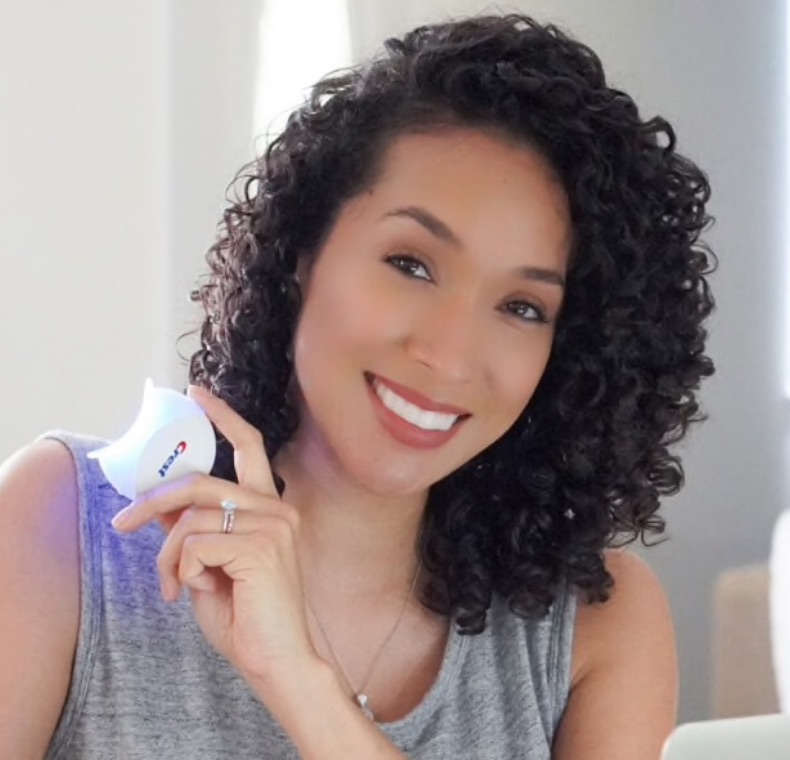ADULTS-ORAL-HEALTH
What is a Dental Crown? Costs and Types
 When Dental Crowns are Needed
Types of Dental Crowns
Temporary v. Permanent Crowns
Dental Crown Costs
Caring for Dental Crowns
When Dental Crowns are Needed
Types of Dental Crowns
Temporary v. Permanent Crowns
Dental Crown Costs
Caring for Dental Crowns
A dental crown, sometimes referred to as a cap, is placed and cemented directly over the tooth to help improve its shape and appearance, as well as protect against decay. If you have weakened enamel, you may notice more discoloration and staining, crowns can be a great solution for improving your smile. However, a toothpaste fortified to strengthen enamel can be a preventative measure to help you avoid the costs of dental crowns.
When Dental Crowns are Needed
Crowns are an effective way to restore the appearance of decayed and stained teeth so you can smile with confidence.
- Protect a weak tooth: If your teeth are showing signs of decay, are cracked, or are stripped of enamel, a crown provides an additional layer of defense against further damage.
- Restore a tooth: If your tooth is already broken or has been worn down, a crown replaces the damage for a more even, healthier-looking smile.
- Support a tooth: For tooth loss, crowns replace missing parts of the tooth and reinforce strengthening with a large filling.
- Dental bridge backup: Crowns are used to ensure dental bridges are held in place for a more secure look and feel.
- Cosmetic: Misshaped and severely stained teeth are drilled down and covered up by dental crowns to reveal a whiter, more beautiful smile.
- Baby teeth: Crowns save a tooth damaged by decay, support fillings, and protect from further decay if a child has a hard time maintaining a proper oral care routine.
Types of Dental Crowns
|
|
Stainless Steel |
Metals |
Porcelain-fused-to-metal |
All-resin |
All-ceramic/all-porcelain |
|
What it is |
Primarily used on baby teeth, these crowns are temporary |
These crowns include alloys with a high content of gold, platinum, cobalt-chromium, and nickel-chromium |
These crowns are first layered with metal for strength then color-matched to your other teeth |
Molded to fit directly onto your gum line, these crowns provide a quick-fix option |
Used for front and back teeth, these crowns are a more permanent option, especially for people with metal allergies |
|
Pros |
Cost-effective & prevents further decay |
Longest lasting & rarely chip or break |
More natural look |
Least expensive |
Best color match and most natural look |
|
Cons |
Temporary measure for adults |
Metallic color, best for only back molars |
Can chip or break off & underlying metal may become visible |
More prone to fractures & wear down over time |
More expensive |
Temporary v. Permanent Crowns
For most adults, a temporary crown is constructed at the dentist’s office from an acrylic material or resin while a permanent crown is made at a dental laboratory. Stainless steel crowns are also temporary, but are mainly used on baby teeth.
Dental Crown Costs
Depending on the type, the cost for dental crown materials and treatments ranges anywhere between $500 to $2500 per tooth, minus any additional dental procedures. Porcelain crowns are the most expensive, followed by gold crowns, then porcelain-fused-to-metal crowns. Check with your dental insurance provider and dentist to get a better idea of what a dental crown will run you.
Caring for Dental Crowns
Once a temporary crown has been removed and a permanent one cemented in place, it’s important to practice good oral hygiene to ensure your crown stays looking like new. If you have more than one adjacent crown, be sure to pay special attention to the area between the crowns.
- Brush twice daily
- Floss to remove plaque
- Try an electric toothbrush to better clean along the gum line
- Visit your dentist regularly
Your smile is the gateway to your confidence but tooth loss, decay, chips and cracks can inhibit your natural radiance. Dental crowns may be the solution for you if you want a healthier-looking smile. Ask your dentist about what type of crown is best for your oral care needs and the specific costs associated with the treatment.
Discover More
 What is a Root Canal? - Pain, Procedure, & Cost
What is a Root Canal? - Pain, Procedure, & Cost




